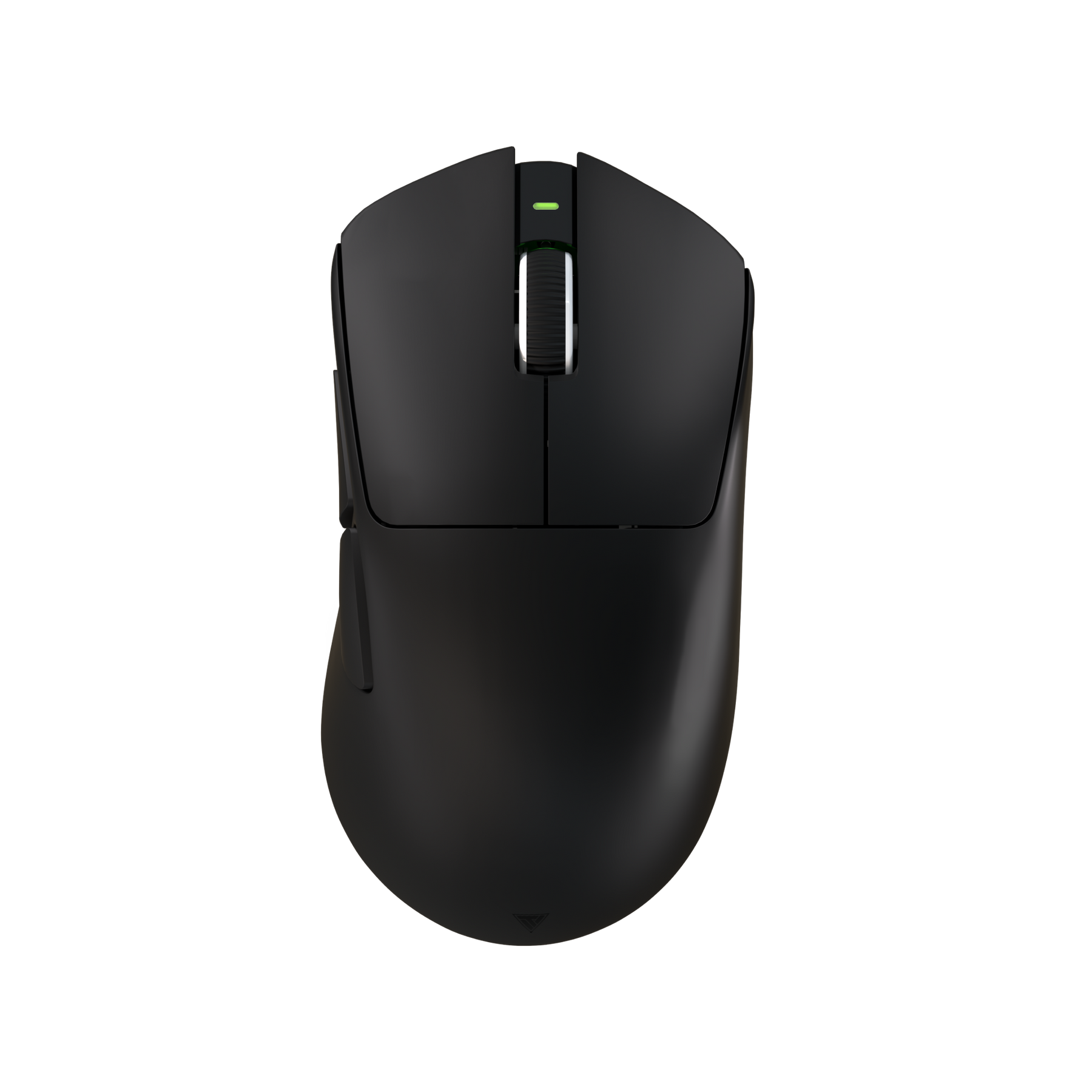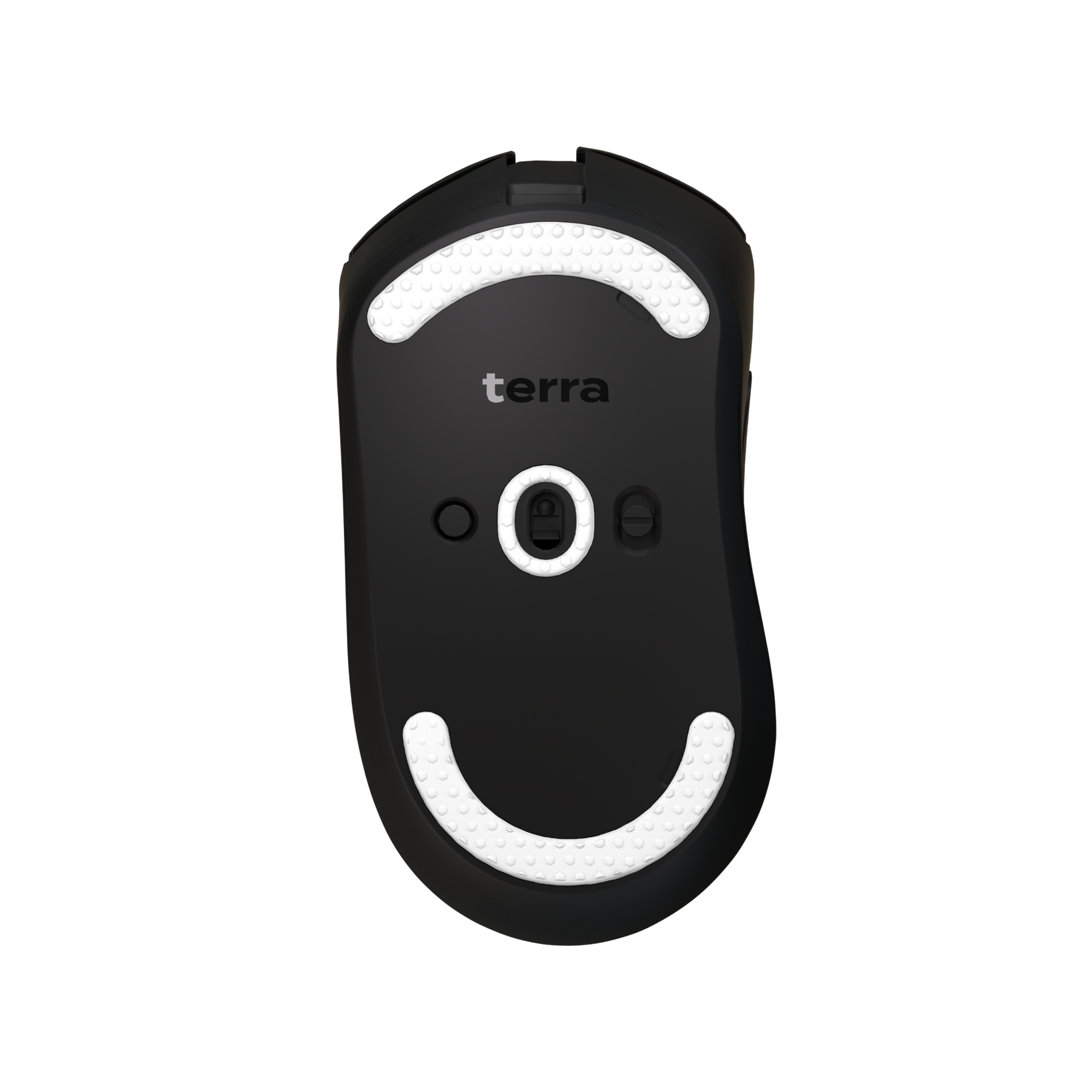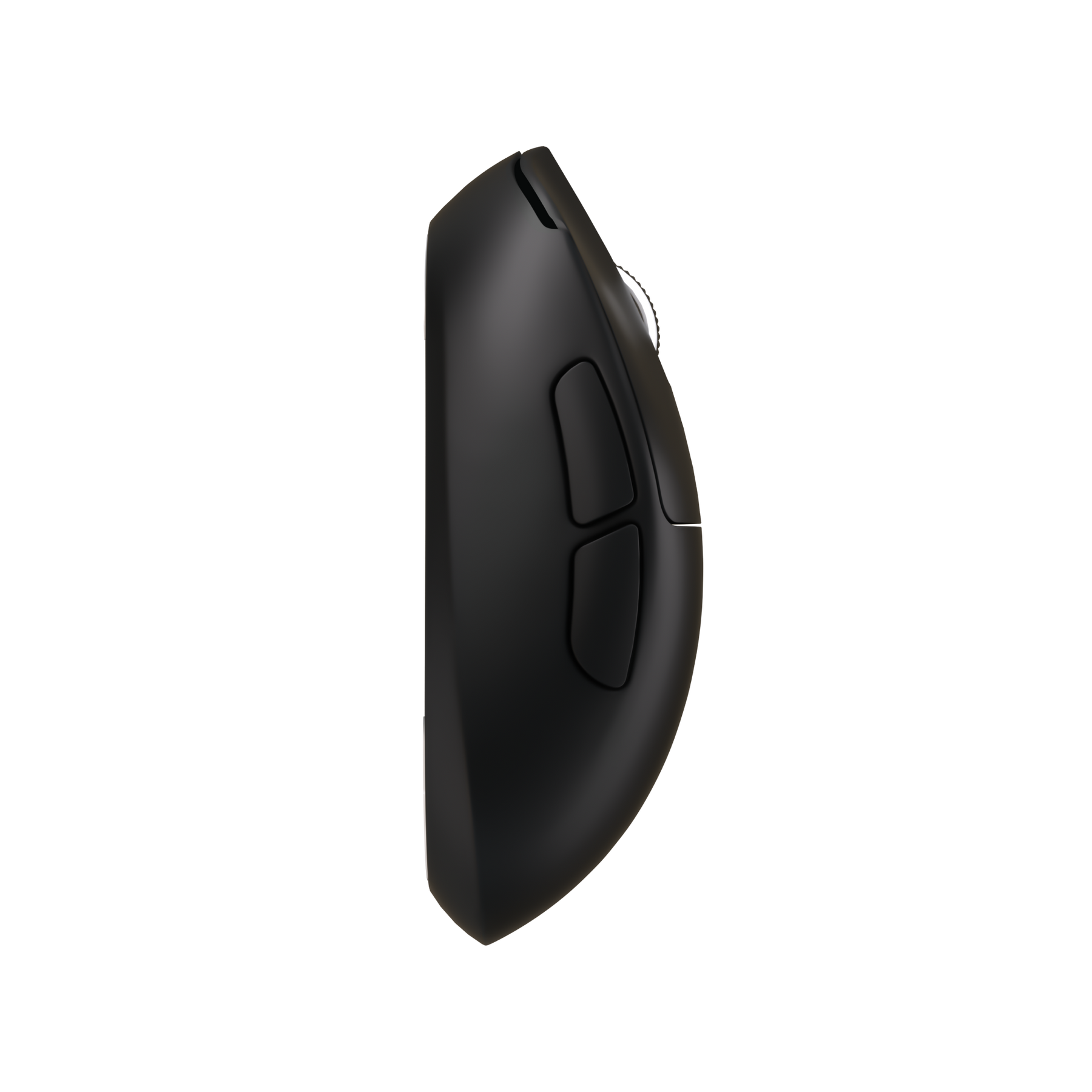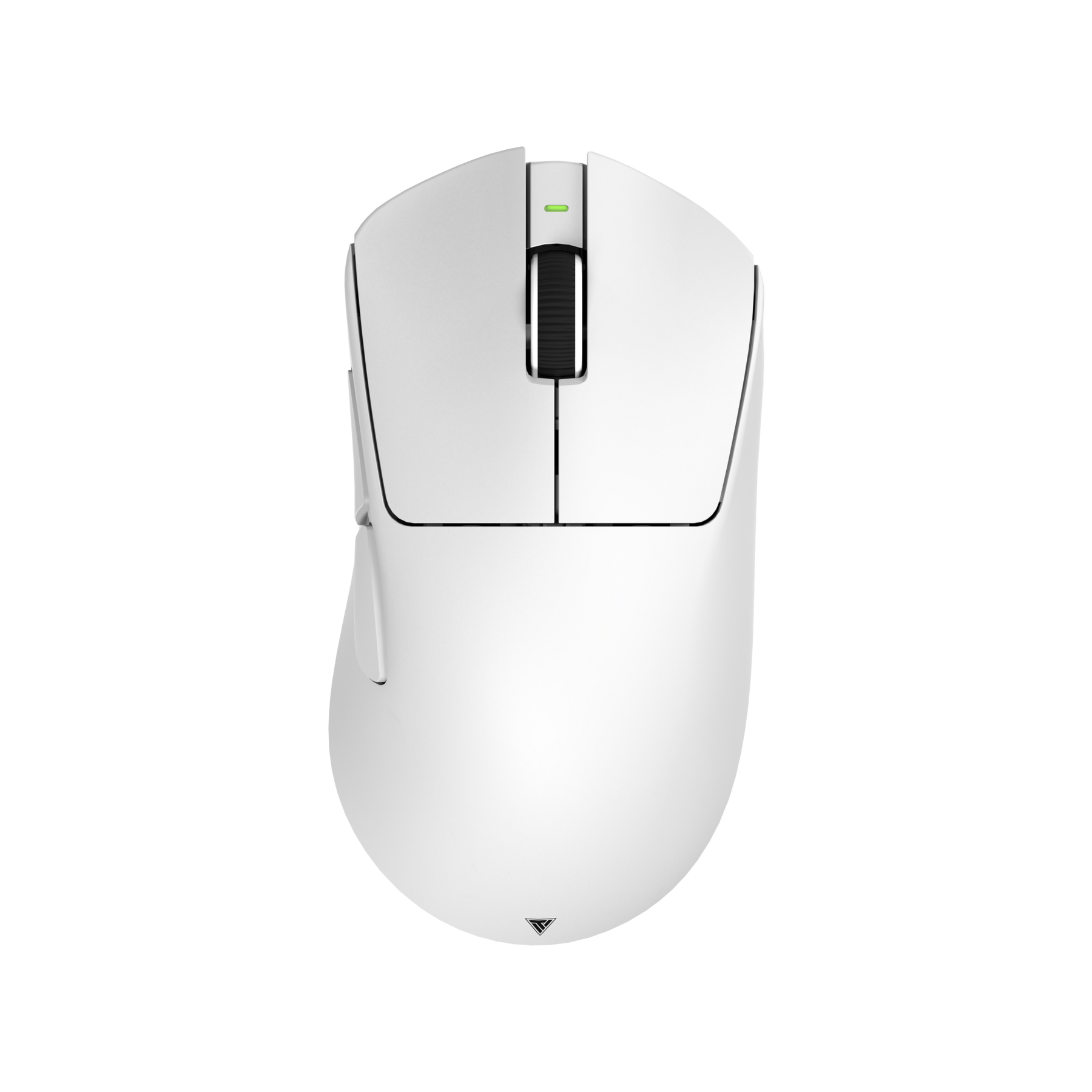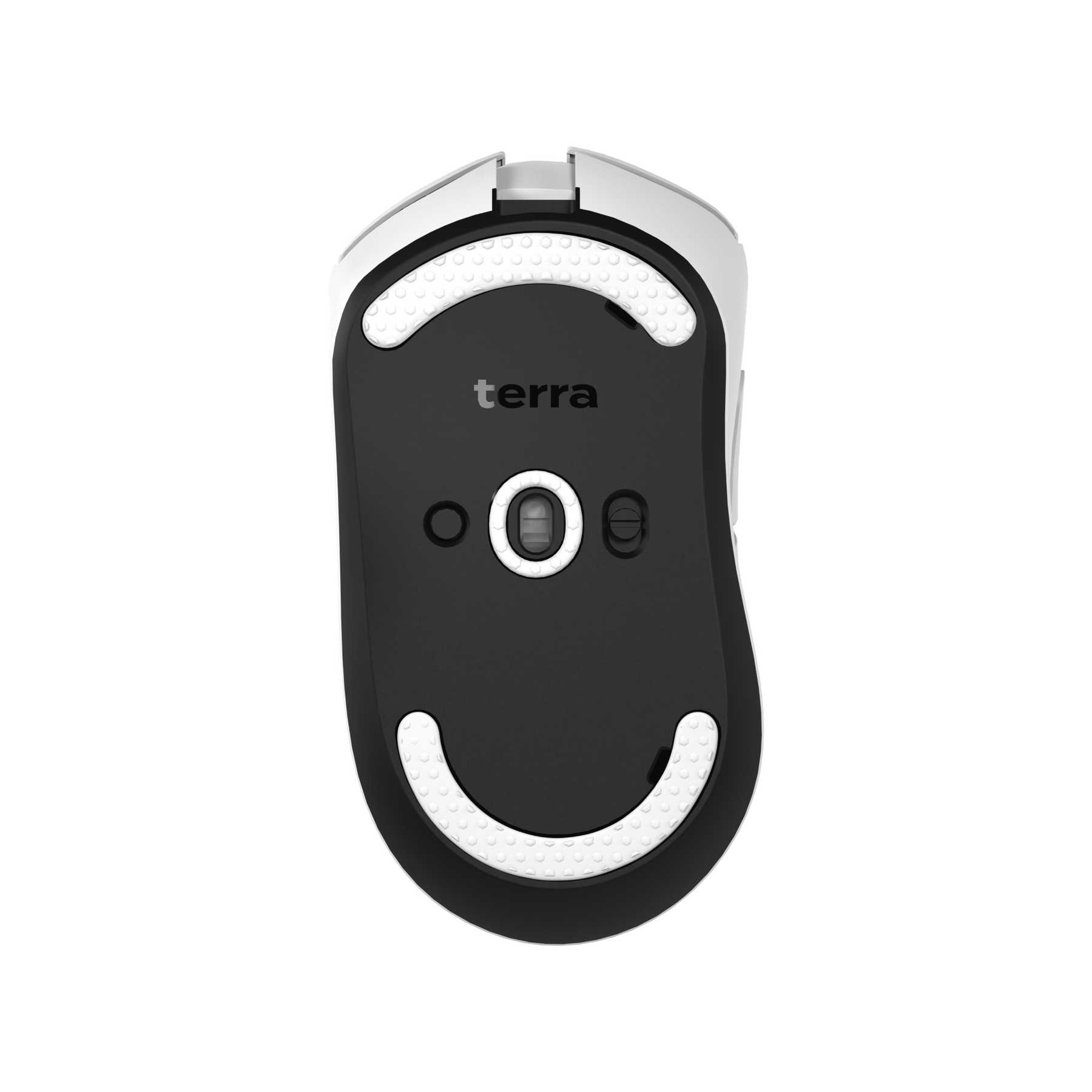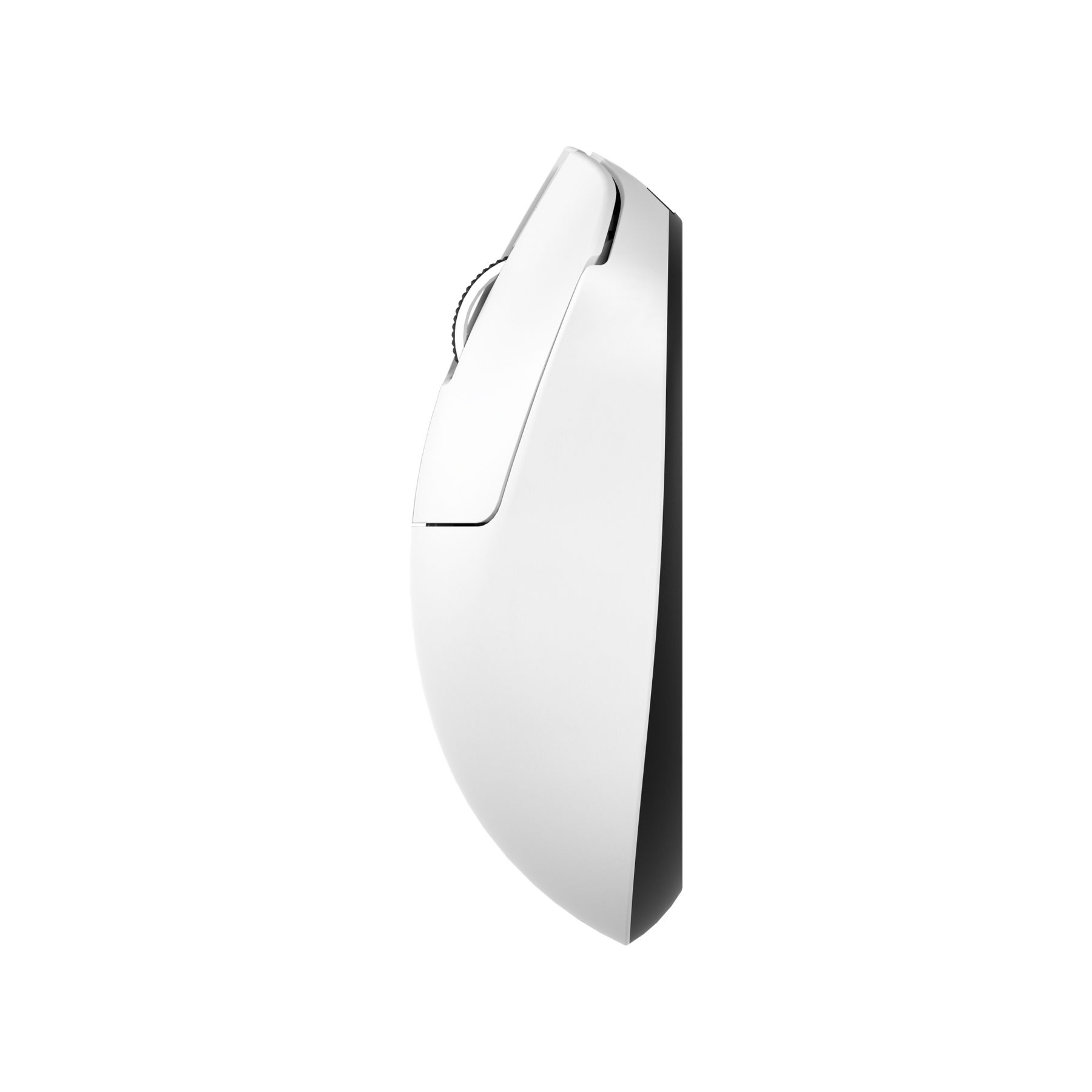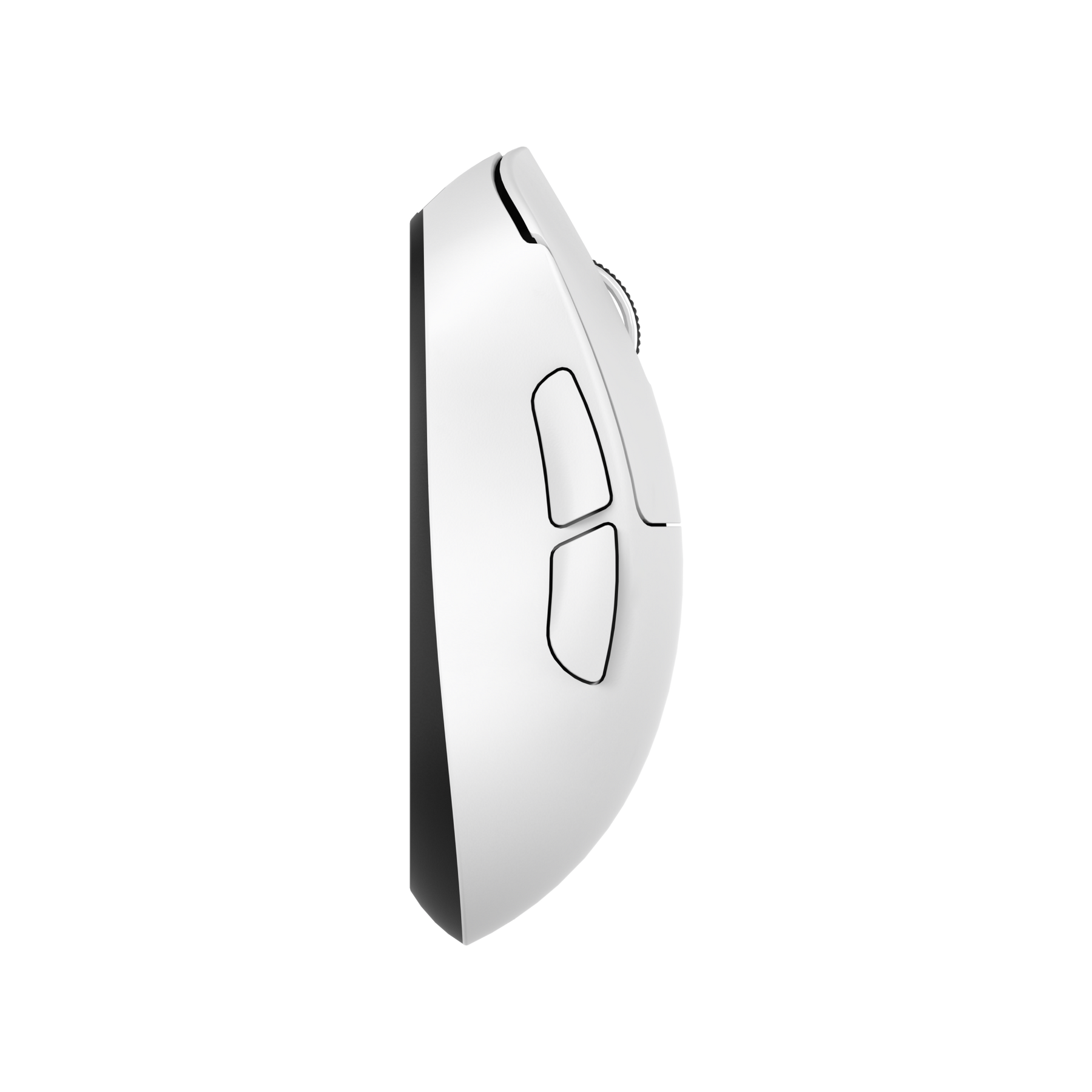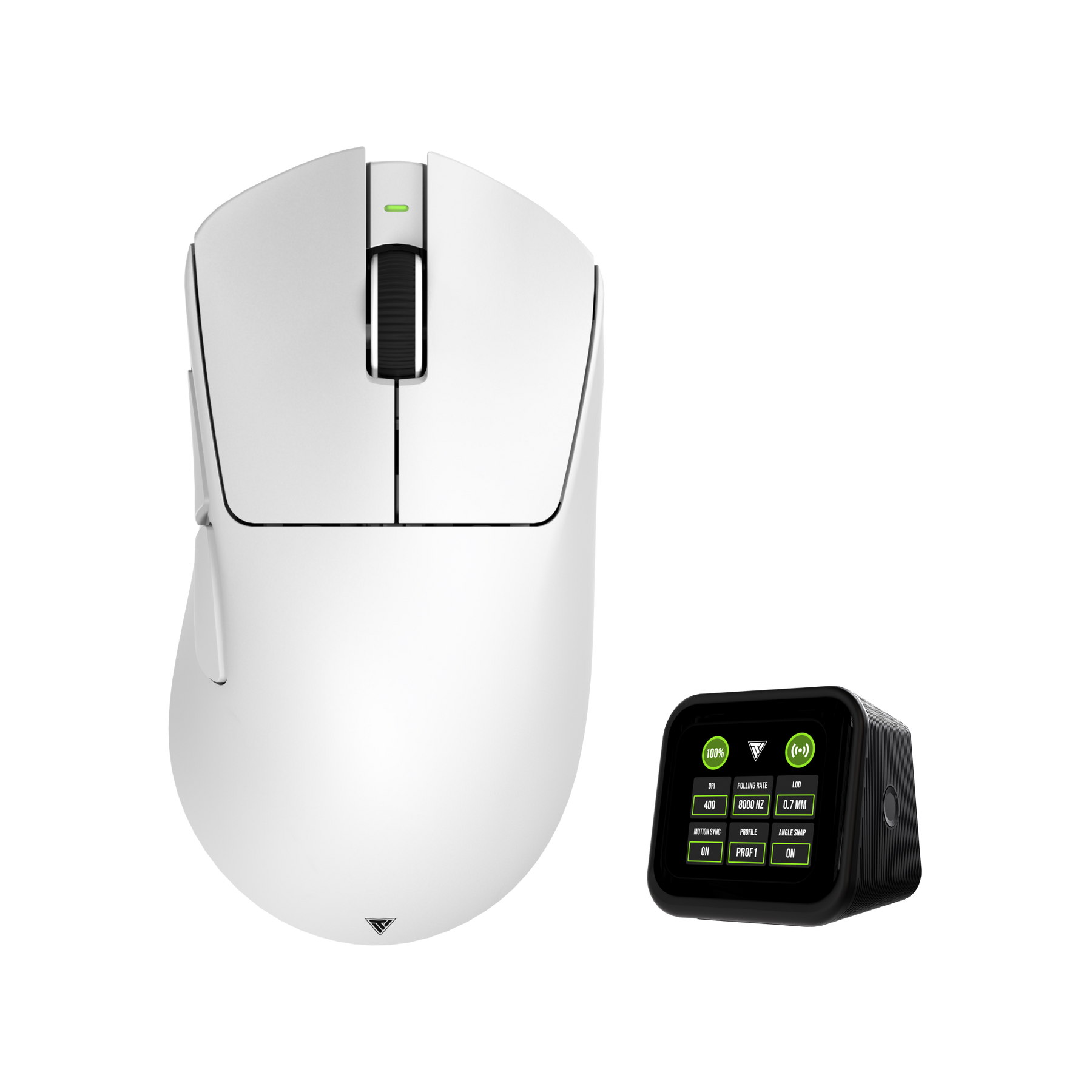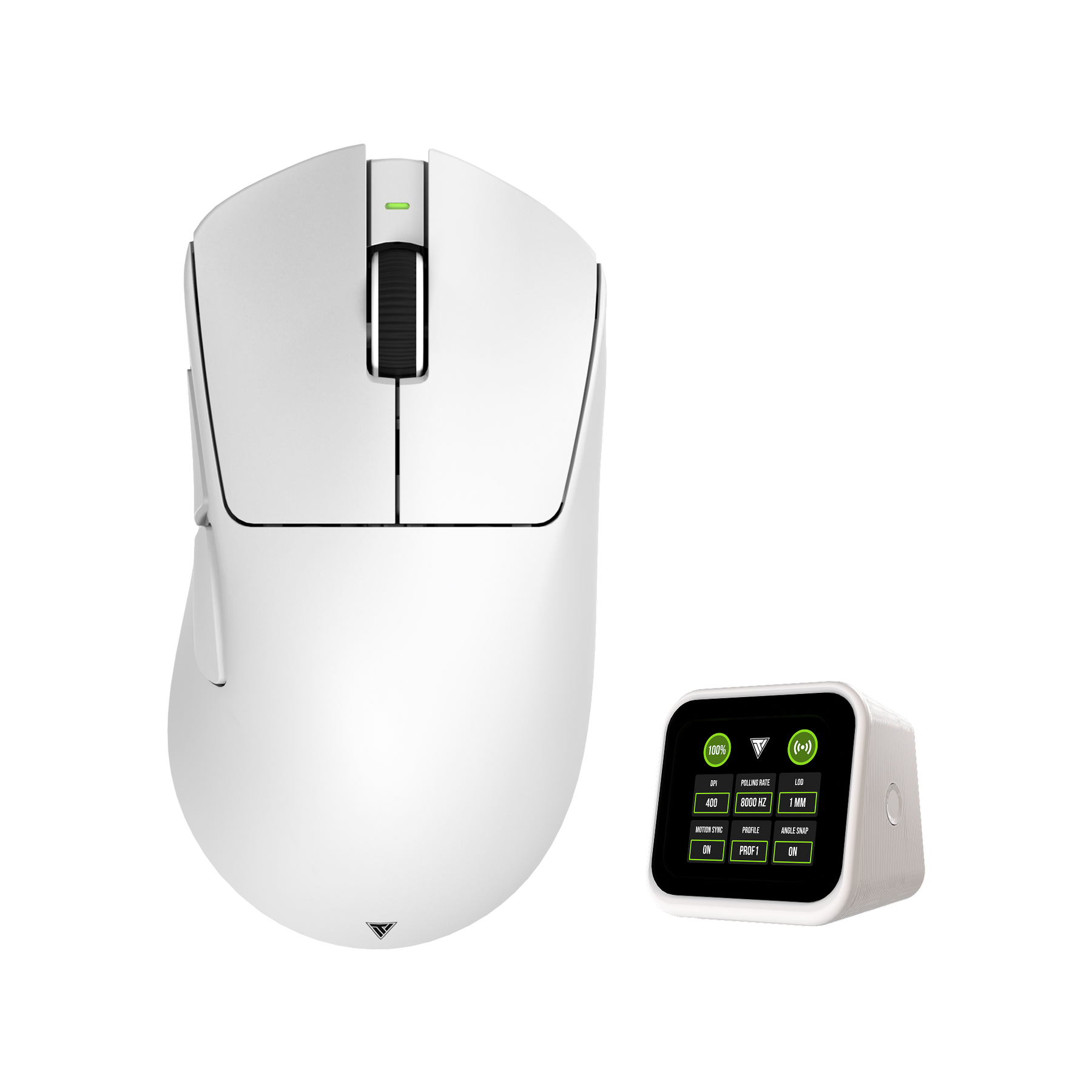The Evolution of Gaming Mouse: From Simple Clicks to Peak Precision

A gaming mouse is more than just a tool, it’s a precision device designed to give players an edge in speed, accuracy, and comfort. Over the decades, what began as a basic office device has evolved into specialized hardware engineered for competitive gaming. The evolution of the gaming mouse reflects not only advances in technology but also the rising demands of esports players and everyday users who expect the best gaming mouse to deliver both performance and reliability.
By looking back at the history of gaming mice, we can see how far they’ve come, from mechanical ball sensors and bulky designs to today’s lightweight, customizable, and nearly lag-free devices. Understanding this journey matters for modern gamers choosing gear that matches their playstyle, and even for professionals who rely on a high-performance mouse for productivity.
The Origin
The history of the gaming mouse begins long before the word “gaming” was even associated with peripherals. The first prototype mouse, built in 1964 by Douglas Engelbart, was designed purely as a computing input device. It was functional and simple, a wooden shell with two perpendicular wheels to track movement.

By the 1980s and 1990s, the early computer mouse had become standard for personal computing, with mechanical ball mechanisms translating physical motion into on-screen movement. These ball mice were serviceable for productivity but posed clear limitations when gamers began using them for fast-paced games like Quake or Counter-Strike. Precision aiming often suffered due to dirt buildup on the rollers, inconsistent tracking, and relatively low DPI compared to modern standards.
For competitive players, these shortcomings were more than an inconvenience, they directly affected performance. Lag, skipped tracking, and the lack of ergonomic consideration made extended gaming sessions challenging. Still, this era laid the foundation: it was the first time users began pushing the office mouse beyond its intended role. Eventually, the limitations of ball mice created demand for more reliable technology, paving the way for the rise of the optical mouse, a shift that would redefine precision and set the stage for the first true gaming mouse.
The Rise of Dedicated Gaming Mice
The transition from mechanical ball mice to optical sensors in the early 2000s marked a pivotal moment in peripheral design. Optical tracking eliminated many of the limitations inherent in ball-based mice, providing smoother, more reliable movement and reducing the maintenance burden for users. Competitive gamers especially benefited from these improvements, as input accuracy and responsiveness became crucial.
| Feature | Mechanical Ball Mouse | Optical Mouse |
|---|---|---|
| Tracking Mechanism | Rubber-coated ball rolling on rollers | LED or laser sensor capturing surface movement digitally |
| Maintenance | Requires frequent cleaning; ball and rollers accumulate dust | Virtually maintenance-free; no moving parts to clean |
| Accuracy & Precision | Prone to skipping, inconsistent movement | Smooth, precise tracking even on varied surfaces |
| Response for Gaming | Higher input lag, less reliable for fast-paced gaming | Lower latency, ideal for FPS and competitive games |
| Durability | Mechanical wear over time | Longer lifespan, fewer mechanical failures |
This technological leap set the stage for the first dedicated gaming mice designed specifically for gamers. Early devices introduced DPI (dots per inch) and polling rate as measurable specifications, allowing players to quantify and optimize their performance.
Manufacturers also began tailoring mice to specific genres, such as extra programmable buttons for MMO players and ergonomic shapes for low-latency FPS gameplay. What had once been a generic office accessory was now engineered specifically for gamers, marking the birth of the modern gaming mouse category.
Modern Trends and Innovations: Precision Meets Style
The evolution of gaming mice in the 2010s and 2020s reflects a pursuit of precision, speed, and style. One of the most notable developments has been the explosive growth in DPI. Early gaming mice in the 2000s offered 400–800 DPI, sufficient for most gamers at the time. Today, high-performance models exceed 40,000 DPI, allowing players to make extremely fine movements while maintaining full control. Complementing this, polling rates have surged from 125Hz to 8000Hz, reducing input lag to near imperceptible levels and providing a tangible advantage in competitive play.
Modern mice have also embraced wireless technology without compromising speed or reliability. Advances in sensor and signal processing now deliver near-zero latency, making wireless devices just as competitive as their wired counterparts.
Ergonomics and weight have become central to design trends. Contemporary ultralight gaming mice weigh 40–50g, a 30% reduction compared to 60–70g models from 2020. Features like honeycomb shells, adjustable weights, and contoured grips enhance comfort for long gaming sessions while optimizing precision. The Teevolution Terra PRO embodies these innovations, combining an ultralight frame, ergonomic grip, and exceptional wireless latency performance to deliver speed, comfort, and consistency for competitive gamers.

| Feature | Teevolution Terra PRO |
|---|---|
| Weight | 49g Ultra-lightweight |
| Sensor | PixArt PAW395O STRIKE |
| Switch | FE Optical Switch 100M Clicks |
| Polling Rate | Wired 1K Hz, Wireless 8K Hz |
| Connectivity | Bluetooth, Wireless, Wired (3) |
| Battery Life | Up to 70 hours (1000 Hz) |
| Skates | Honeycomb Pattern Skates |
With these cutting-edge specs, the Teevolution Terra PRO is recognized as one of the best gaming mice of 2025, setting a new benchmark for performance and design in the esports world.
In addition, aesthetics have evolved in parallel with performance. RGB lighting systems, customizable profiles, and integrated software ecosystems allow gamers to personalize both appearance and functionality. These innovations collectively illustrate how a modern gaming mouse is no longer just an input device, it is a high-performance tool engineered for both competitive gaming and everyday productivity.
Gaming Mouse in Esports
In competitive esports, the difference between victory and defeat can hinge on milliseconds. This is why professional players obsess over esports gaming mice, prioritizing low latency, lightweight construction, and durability above all else. Even subtle variations in sensor performance or grip comfort can significantly impact aim and reaction time in high-stakes titles.
Grip style plays a critical role in mouse selection. Claw grip players often favor ultralight designs with precise button placement, while palm grip users prioritize ergonomics and full-hand support. Fingertip grip enthusiasts, meanwhile, require agile, highly responsive mice that maximize maneuverability. Understanding these distinctions allows players to choose hardware that complements their playstyle rather than hinders it.
Beyond performance, professional esports usage shapes consumer trends. Mice favored by top-tier players in games like CS2 or Valorant often see spikes in popularity among casual gamers, demonstrating how pro endorsement influences demand. The result is a cycle where competitive innovation drives the development of features that eventually benefit all users, from weight reduction to improved sensor accuracy.
Selecting the best mouse for esports gaming is no longer just about raw specs, it’s about aligning design, ergonomics, and responsiveness with a player’s individual style and competitive needs.
Beyond Gaming: Productivity & Multipurpose Use

While originally designed for gamers, modern mice offer significant advantages for professionals in fields like design, programming, and video editing. High quality sensors enable precise cursor movement for detailed tasks, while extra programmable buttons allow users to create shortcuts, macros, and workflow optimizations that save time and reduce repetitive strain.
The combination of wireless connectivity and ergonomic design also makes these devices ideal for extended office use. Lightweight, contoured shapes reduce fatigue during long sessions, and customizable weight options allow users to fine-tune their experience for both comfort and efficiency.
In essence, a high-performance gaming mouse can double as a productivity powerhouse. Professionals can leverage the same features that give esports players a competitive edge to enhance efficiency in everyday tasks.
The Evolution of Precision
From humble beginnings to cutting-edge esports gear, the evolution of the gaming mouse reflects decades of technological innovation. Combining high DPI, ergonomic designs, and customizable features to enhance both gaming performance and professional productivity. Whether you’re aiming for esports-level accuracy or smoother workflow, the right mouse makes all the difference. Explore Teevolution’s collection to find the best gaming mouse 2025, from ultralight designs to high-performance models, all designed to evolve with you.

